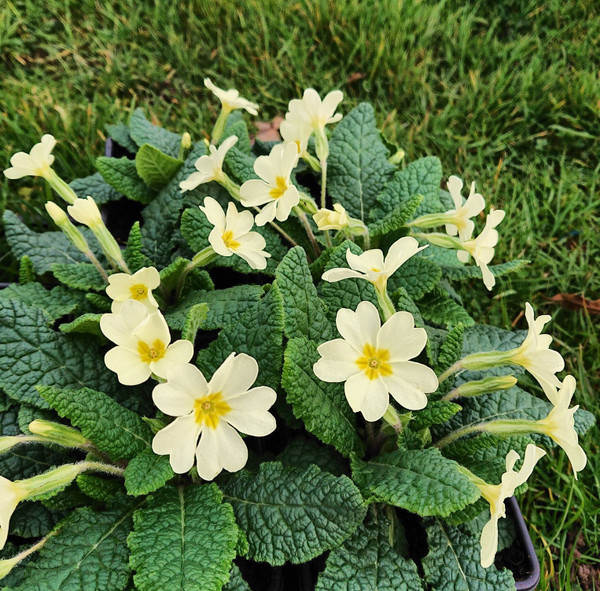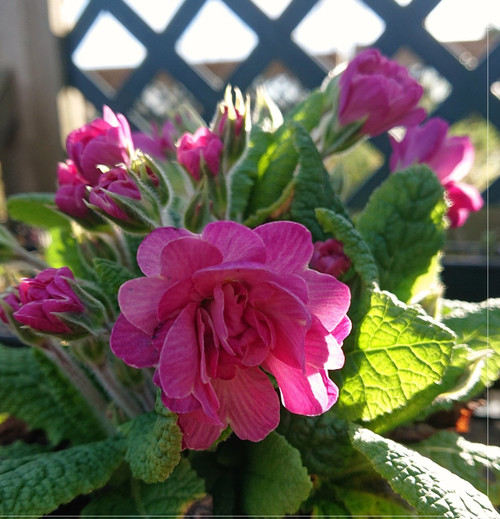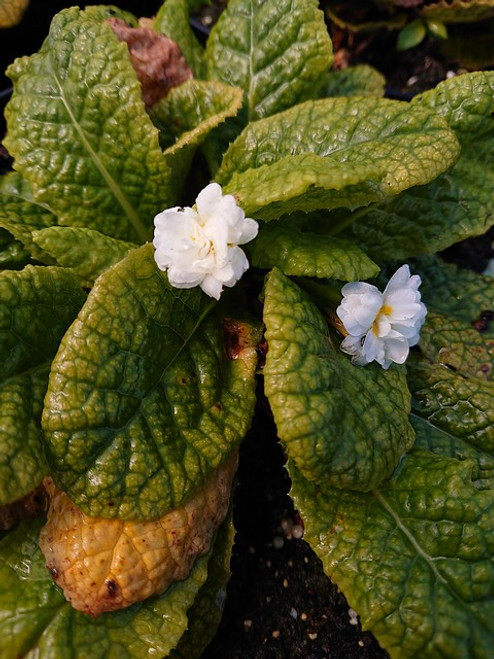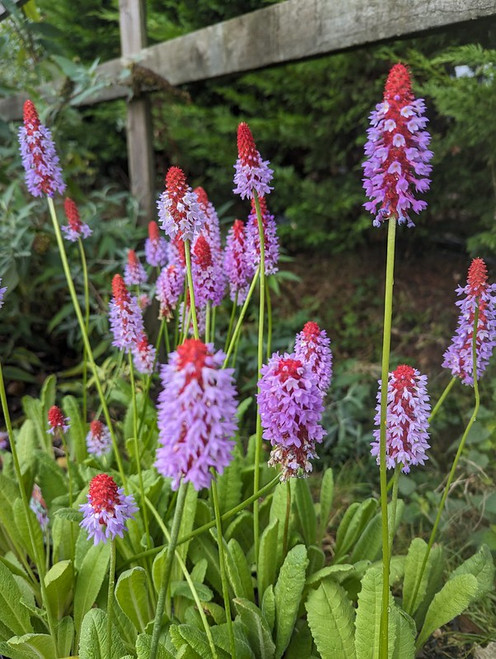Plant Overview
The true Primrose. Not to be confused with the cultivated varieties of primrose available, this is the native version found in hedgerows and woods across the country. Plant under deciduous (non-evergreen) trees and shrubs, along hedgerows, in the border or in pots.
Pale lemon flowers, with a delicate scent, which were traditionally crystallised at Easter time.
Most 'primroses' sold by garden centres are hybrids. This is the true British 'common' primrose. Now sadly not as common as it once was. Fully hardy and a joy as it's among the first colour of the year. Of great benefit to pollinators on sunny spring days when little else is available to them.
In some regions of Britain they are used as one of ancient woodland indicator species.
Despite not belonging to the rose family, the name Primrose is thought to derive from the Latin for 'first' (prima) 'rose' (rosa).
Cowslips and Primroses are the food of the Duke of Burgundy Fritillary butterfly, which lays its eggs in small numbers under the plants leaves.
Height: 6"
Common name(s): Primrose, Easter Rose, Lent Rose, May-flooer, May Spink, Simmerin
Please note that primroses are perennial and die back in summer and start to grow again in late autumn or late winter. In the wild they usually die completely back to ground level. In pots some or all leaves may remain, but they are usually dormant except in spring and early summer.











